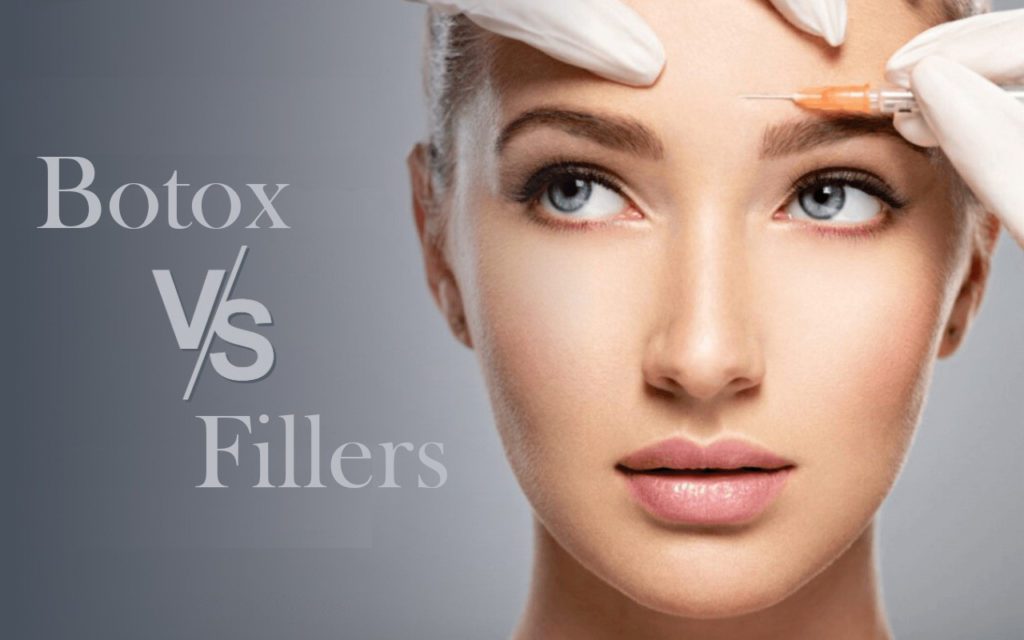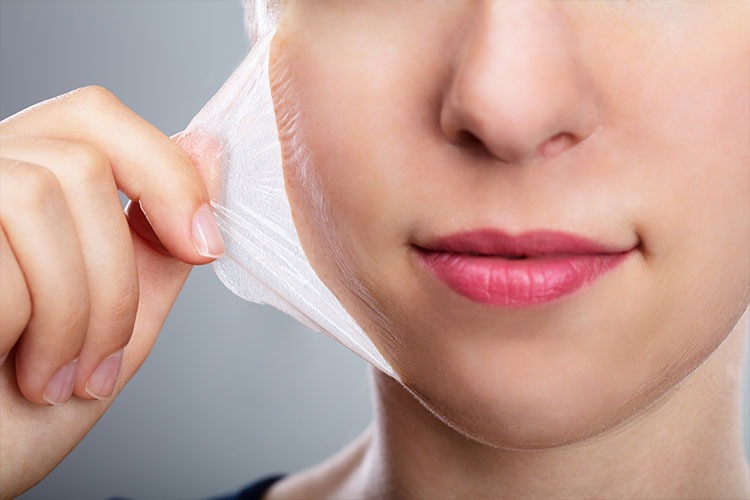
Therapr Team
The world of aesthetic medicine can be confusing, especially with terms like Botox and fillers often used interchangeably. While both treatments are injected into the face and aim to improve appearance, they serve different roles and act on different layers of the skin. Whether you're looking to reduce wrinkles, add volume, or sculpt your features, understanding the distinction is crucial before making a choice.
Botox is a purified form of botulinum toxin that temporarily paralyzes muscles.
How it works:
When injected into targeted facial muscles, Botox blocks nerve signals, preventing muscle contraction. This softens the appearance of dynamic wrinkles—those caused by facial expressions like frowning, squinting, or smiling.
Common Botox treatment areas include:
Botox results appear within 3–5 days and typically last 3–4 months.
Fillers are substances injected beneath the skin to restore volume, enhance contours, and smooth static wrinkles (those present even at rest).
Most common filler ingredients:
Popular areas for fillers:
Fillers can last from 6 months to over 2 years, depending on the product used.
Although Botox and dermal fillers are both injectable cosmetic treatments, they differ significantly in purpose, ingredients, and results. Botox is primarily used to relax facial muscles, targeting dynamic wrinkles caused by expressions such as frowning, smiling, or squinting. In contrast, fillers are designed to add volume beneath the skin, making them ideal for treating static wrinkles and areas of volume loss.
The substances used in each treatment are also different: Botox is made from a purified botulinum toxin, while fillers typically contain hyaluronic acid or other biocompatible substances like calcium hydroxylapatite or poly-L-lactic acid. Results from Botox usually appear within 3 to 5 days and last about 3 to 4 months, while dermal fillers provide immediate results that can last anywhere from 6 months to over 2 years depending on the product used.
Another key distinction lies in their areas of application. Botox is most effective for forehead lines, crow’s feet, and frown lines, whereas fillers are better suited for augmenting lips, cheeks, jawlines, and smoothing deeper facial folds. Botox treatments are not reversible, but hyaluronic acid-based fillers can be dissolved if needed. In terms of cost, Botox is usually less expensive per session but requires more frequent touch-ups, while fillers are priced per syringe and tend to last longer.
Choose Botox if you want to:
Choose Fillers if you want to:
Sometimes, both Botox and fillers are used together in a combined approach known as a “liquid facelift.”
Both Botox and fillers are generally safe when administered by experienced, licensed professionals.
Botox possible side effects:
Filler possible side effects:
Always ask your provider about credentials, product brands, and emergency protocols.
While pricing varies by country and clinic:
In general, Botox is less expensive per session but needs more frequent touch-ups.
Before receiving any treatment, schedule a consultation with an experienced aesthetic practitioner.
Your consultation should include:
An honest provider will guide you toward the most appropriate option, even if it’s not what you initially expected.
Botox and fillers may seem similar, but they serve very different functions in aesthetic medicine. Botox relaxes muscles to reduce expression lines, while fillers add volume and definition to the face. The ideal treatment depends on your unique facial structure, age, and beauty goals. With the right practitioner and proper guidance, both can offer safe, natural-looking results that enhance your features—not change them entirely.
Author profile
Read more articles by Therapr Team.


Get the latest wellness insights delivered to your inbox.
Subscribe to Newsletter